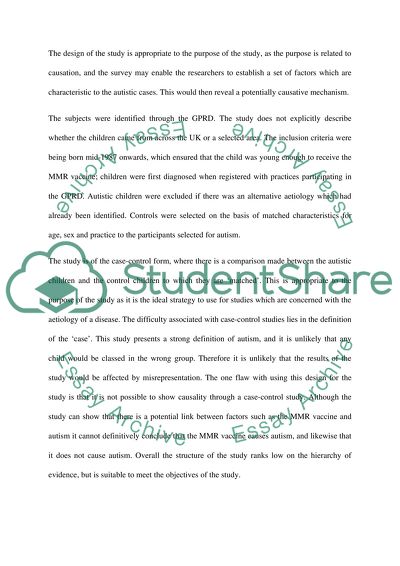Cite this document
(“Medical Statistics: the MMR vaccination and the onset of autism Research Paper”, n.d.)
Retrieved from https://studentshare.org/health-sciences-medicine/1503113-medical-statistics-the-mmr-vaccination-and-the-onset-of-autism
Retrieved from https://studentshare.org/health-sciences-medicine/1503113-medical-statistics-the-mmr-vaccination-and-the-onset-of-autism
(Medical Statistics: The MMR Vaccination and the Onset of Autism Research Paper)
https://studentshare.org/health-sciences-medicine/1503113-medical-statistics-the-mmr-vaccination-and-the-onset-of-autism.
https://studentshare.org/health-sciences-medicine/1503113-medical-statistics-the-mmr-vaccination-and-the-onset-of-autism.
“Medical Statistics: The MMR Vaccination and the Onset of Autism Research Paper”, n.d. https://studentshare.org/health-sciences-medicine/1503113-medical-statistics-the-mmr-vaccination-and-the-onset-of-autism.


